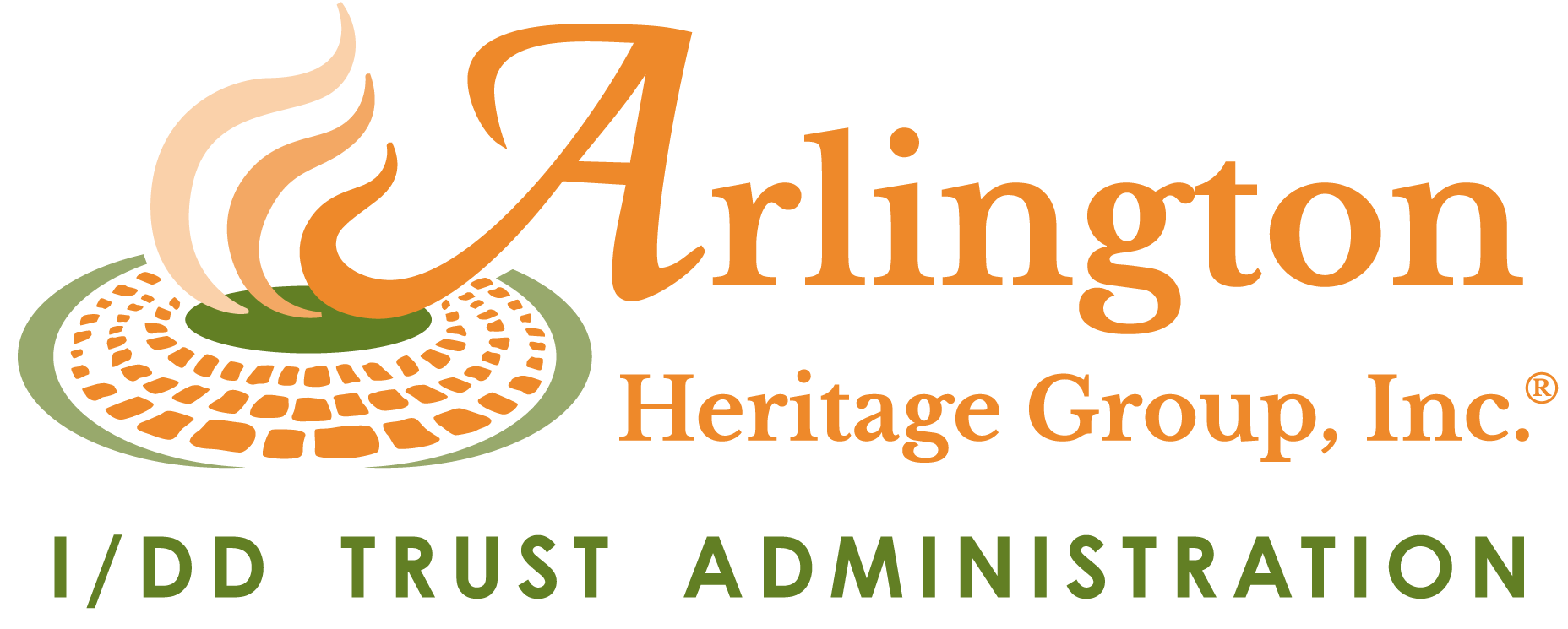The ANCOR 2022 conference held last month in Miami, FL was a welcome occasion to be back face-to-face with our shared community. The masks did present some difficulty recognizing friends and colleagues but the reward of engaging with everyone outweighed the challenges.
I attempted to attend as many presentations as possible. There were over 25 talks given. Of the talks that I attended, each highlighted unique subject matter but there were three that made a lasting impression and below is a summary of each presentation.
If you want to learn more about any of these presentations, please contact me and I will put you in touch with the presentation speaker(s).
#1 – An Innovative Service Delivery Model For Medically Fragile Individuals
Two strongly aligned Pennsylvania providers came together to address a long-standing issue that plagues our community on a national level; locating appropriate accommodations for individuals requiring complex care as they transition from state centers. While this model was created to address PA clients, it could be adopted for other states. It provides a roadmap for a value-based model which delivers outcomes within an integrated system of care: medical, behavioral and social. This model addresses the urgent need for community-based solutions for medically and behaviorally fragile individuals currently on waiting lists or waiting for placement from state centers. This presentation highlights the synergies that can be created when entities form a unique collaboration to address an urgent need for services. This thoughtful approach supplies the evolution of the solutions needed for success, while identifying potential pitfalls and stumbling blocks.
#2 – Transitioning From Facility-Based to Community-Based Employment Opportunities
Employment First is a topical subject matter. Section 14(c) of the FLSA authorizes employers, after receiving a certificate from the Wage and Hour Division, to pay subminimum wages (wages less than the Federal minimum wage) to workers who have disabilities for the work being performed. Legislation on Section 14(c) is in various stages in states across our nation. More than 35 states are currently focused in some way on Employment First in support of employment as a first priority. They are aligning efforts to support the premise that individuals with disabilities can participate in integrated employment and community life. For many years, advocacy groups and providers have recognized a person’s right to be fairly compensated for their work. Simply put, real jobs for real pay is the goal. But how do we get there?
This presentation walks through the timeline and milestones of a dual state provider that moved away from its sheltered workshop model to an individualized integrated employment model. The presented information reviews: critical areas of concern, how the provider communicated its vision to consumers and family, the cultural shift needed for staff, what obstacles had to be removed and establishing a new, clear employment process. The report also shares success stories and key lessons learned.
#3 – Nine Elements For Blazing Trails To Person-Centered Services and Supports
This address examined person-centered thinking, planning and practice. The thought-provoking presentation reminded us that the basic point of reference to person-centered services is what matters most to the individual and not the professional. Our standard of care has measurements of what is important “for” the individual. This includes things like safety, wellness, rules and laws. However, it is just as important to acknowledge what is important “to” the individual. These are life areas that can bring about personal satisfaction, contentment, comfort and happiness. Besides pointing out the connectedness between the “to” and “for”, this comprehensive contribution journeyed through nine crucial elements of a person-centered system.
Along with all the vital information presented, these three bursts of information stayed with me:
- For person-centered thinking: move away from “power over” to “power with”.
- There is a connectedness between “important for” and “important to”.
- Quote: “Efficiency is doing things right; effectiveness is doing the right things”.










